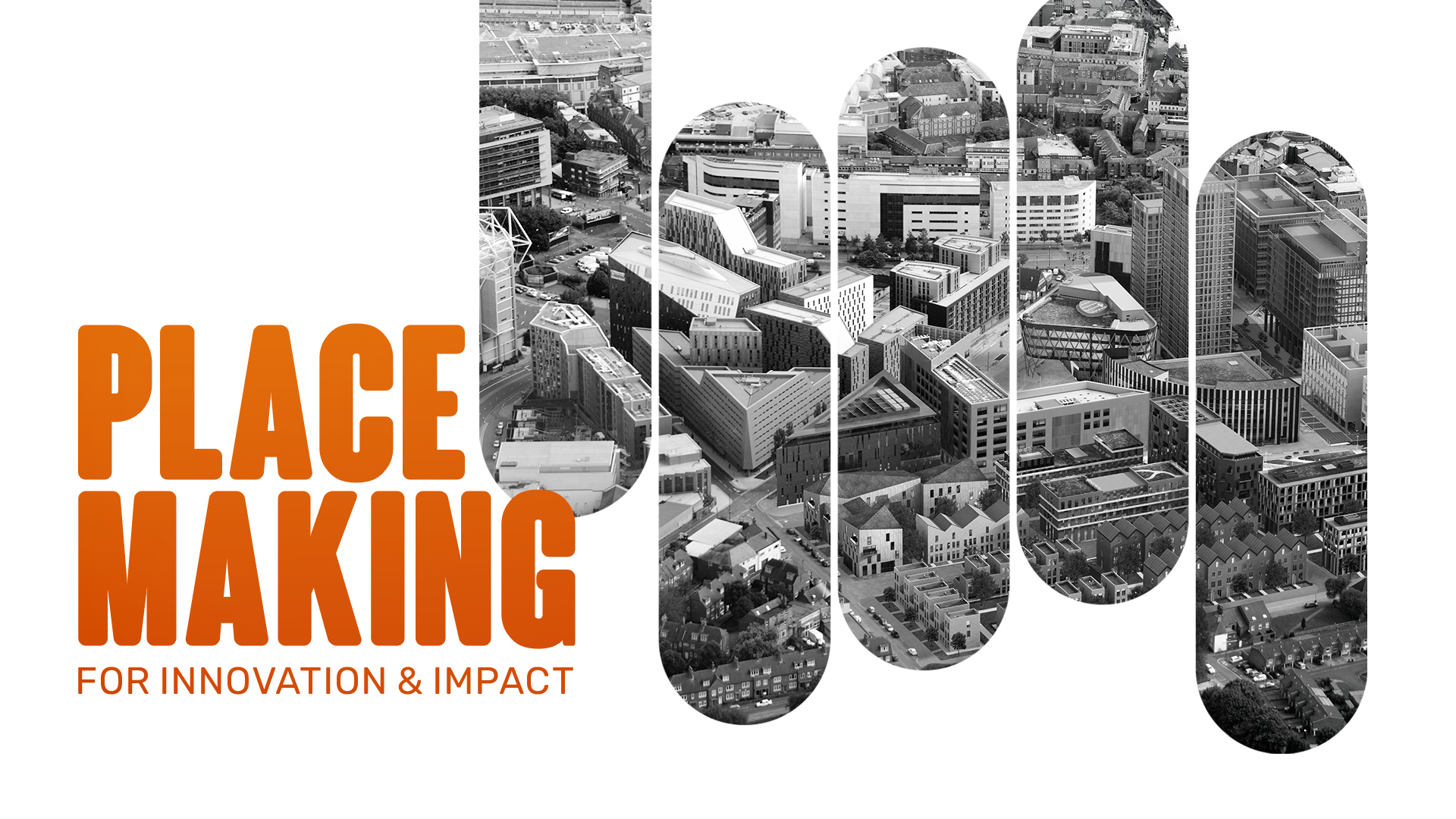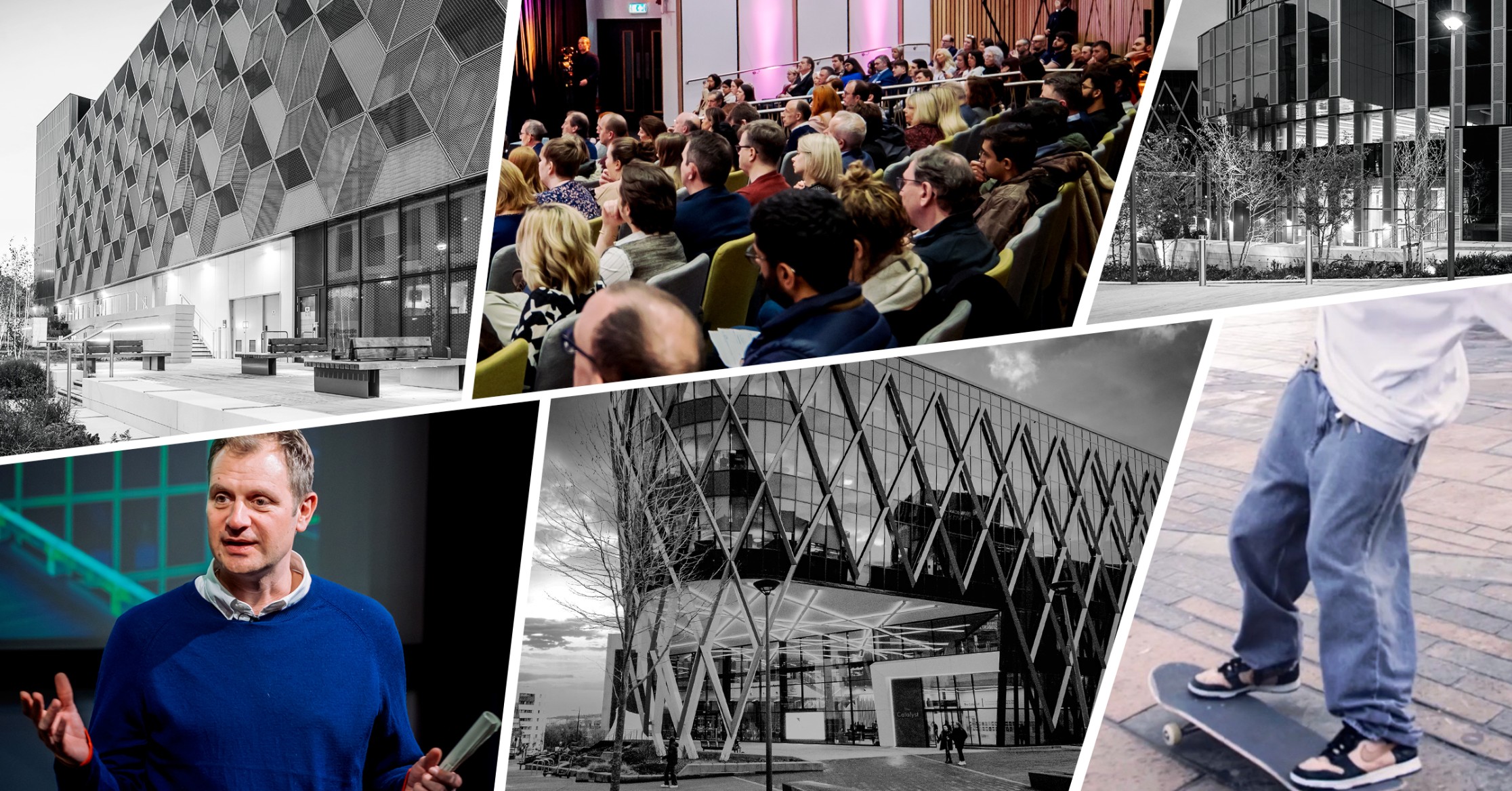Broadoak Director John Seager shares his thoughts…
The city of Newcastle is layered on top of itself.
Its history is there to see.
Sometimes you’ll turn a corner and there it is, peeking out between more modern buildings, and sometimes it still takes pride of place.
It’s a tribute to the city that the built icons of Newcastle can be both so old you count their age in millennia – as with the sections of Hadrian’s Wall still hidden amongst the city – and so young you can count on your hand the years they’ve been around.
I’m very lucky to have an office on the Newcastle Helix site, one of the younger icons of the city.
It’s one of the key projects I’m assisting with on behalf of the Newcastle Helix partnership of Newcastle University, Legal and General and Newcastle City Council, to look after the estate and help it thrive.
From the corner of the site you can see Newcastle’s medieval walls while standing next to a piece of the Scottish and Newcastle Breweries building which once occupied the land, complete with famous blue star.
The Helix buildings themselves are each visually striking.
There’s The Core – with its living wall – and the honeycomb-look of The Catalyst, or the burnt copper framework of The Lumen.
They look like a merging of ideas, nature and industry and they’re occupied by organisations who are merging ideas and bridging divides too – between research and business, between public and private sector.
The 24-acre site was conceived as an innovation district where all the different engines of progress can sit next to each other.
There are university buildings, offices inhabited by all sizes of business – both locally grown and international – and there are community and event spaces for everyone to meet in.
Helix’s stated mission is to help us all live better lives, and it’s a natural home for three National Innovation Centres – one for Data, another for Ageing and the final one for Rural Enterprise.
Very soon, the site will also actually be home for hundreds of people, creating energy-efficient, low carbon modern homes for residents of the city – putting the better lives mission into practice.
Like all projects that look to do things differently, Helix is a place for experimentation – we host several urban innovation projects and research taking place here has begun to have global benefits.
We can see the economic and social benefits happening already – job concentration on the site is up 40%, commercial space concentration and commercial rents are both up, and we’ve seen overall economic activity and general health improve in the catchment around the site too.
Helix is very much part of the city, both in those outputs and in its physical location, with one edge against Newcastle University Business School, St James’ Park and looking down towards Central Station.
But at the site’s other edge is Arthur’s Hill.
It is one of the most diverse parts of the city, with nearly 40% of the population born outside the UK.
But it is also one of the most deprived parts of the city, and in 2019, it was ranked amongst the 10% most deprived neighbourhoods in the country.
It’s important for Helix to face effectively in both directions. It must be welcoming, and draw the city in, acting as a fully inclusive place that attracts talent, inspires and creates opportunity for anyone from the region through the education, research or career opportunities here.
The ultimate outcome must be a place where there is a thriving ecosystem of opportunity.
It should be a place where the public sector and large institutional investors enable academic research, commercialisation of ideas, and the development of skills and talent.
It should acknowledge the past, embrace the present and define the future, all in one place, in one innovation district.
Achieving that means careful and continued engagement and building of the community on the site, and a different approach to asset management – one that the Helix team have plenty of experience in.
It’s not enough to fill all the space and make sure income is generated, because there’s a need to build connections too, and ensure the whole is greater than the sum of the parts and the bigger mission is being served too.
We see our role as much as an enabler of that mission as fulfilling the traditional roles of an asset manager in making sure spaces are fit for purpose and tenants are happy.
Our local knowledge means we can see where Newcastle Helix sits within the future narrative of the region, and we can see where others can feed into it.
The community engagement work on the site tells the stories emanating from there – the research stories, the business stories and the people stories. We’ve drafted in the huge expertise of journalist Charlie Charlton and film maker Chris Taylor into unearthing those stories, inviting others to write and share their own tales. In the past 10 months we’ve hosted events with over 1000 people on site – each event aimed at attracting a broad audience to engage in discussions about important topics from climate change to finding a work-life balance as a parent.
We’ve also hosted more than 50 different tours from regional/national and international study tours to diplomatic visits. Attendees might be coming here to find out what’s happening in the region, or to be exposed to new thinking, or they might be schools and their pupils discovering the career opportunities on their very doorstep.
The feedback and engagement from our events, films and socials has been overwhelming. The important thing is that those conversations have continued to foster collaborations on and off-site.
Our LinkedIn posts alone have engaged with an international audience of more than a quarter of a million people – and counting. To achieve this level of visibility, discussion and feedback within the sector is inspiring. When you get to that sort of scale the level of collaborative innovation is inexhaustible and it really makes me feel that we can achieve anything that we focus all that resource on.
The lesson is that buildings alone are not always enough – when they come with a purpose, and when they gather community around them, they can create a thriving place.


